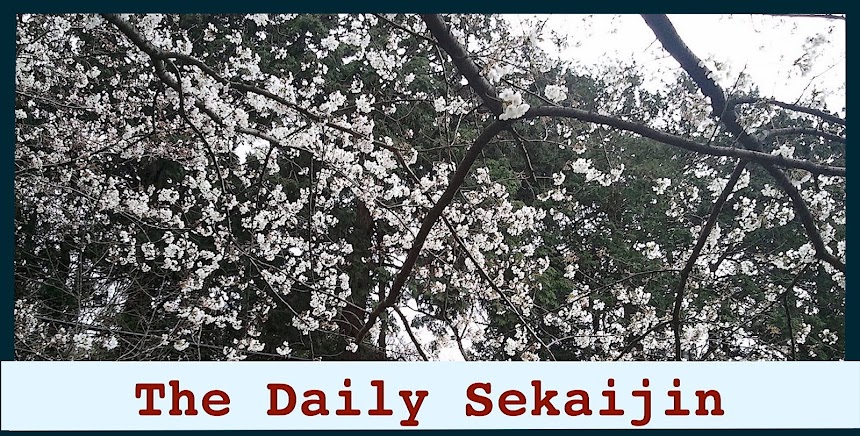Hello!
How are you? Today I will show you about our final presentations for this class.
How are you? Today I will show you about our final presentations for this class.
Themes
Here are your choice of topics. You can choose one
(1) of these:
- Unique or interesting anthropological communities/cultures from the past (in Japan or elsewhere)
- Key points in Japanese history - especially with regard to science & technology
- Famous individual Japanese fine artists or craftspeople from the past or present
Deadline (締め切り)
Your presentation day will be on July 22nd
(7/22), so you have three (3) weeks to prepare them.
NEW - Special note:
If as a class you feel you cannot be ready to present on 7/22, we can move our presentation day to July 29th (7/29). But if we do the presentations on 7/22, I would be able to tell you what your final grades are, and we could have an easy day where we could leave early.
Whichever day we present as a class - please be ready to present.
NEW - Special note:
If as a class you feel you cannot be ready to present on 7/22, we can move our presentation day to July 29th (7/29). But if we do the presentations on 7/22, I would be able to tell you what your final grades are, and we could have an easy day where we could leave early.
Whichever day we present as a class - please be ready to present.
Guidelines
1. Prepare a summary (要約) about the topic
you want to present on. The summary will be due on July 15th (7/15).
2. You have the option to fill in the topic preparation
sheet that comes with this handout if you want. (If not, that's okay - you can use your own note paper.) One way or another - keep a working record of your preparation about your topic.
* As we did before with the mid-term presentations, you will evaluate your classmates' presentations in groups.
* As we did before with the mid-term presentations, you will evaluate your classmates' presentations in groups.
3. Be ready for me to review your progress on 7/15 and for you to practice your presentation in-class.
You can practice with me and/or other groups of students.
* This is very important! You don't have to have the presentation 100% finished - but you have to have enough content so you can practice!
4. Finalize your presentation outside of class and be
ready to present on July 22nd!
Now - here are the board notes for our class on 7/1:
Now - here are the board notes for our class on 7/1:
Good luck! I look forward to our presentation day!
Image: By
Official Photographic Company - Missouri History MuseumURL:
http://images.mohistory.org/image/EC2888F4-26C5-258A-DF5F-9E6EBE7F704E/original.jpg
Gallery: http://collections.mohistory.org/resource/143534, Public Domain,
https://commons.wikimedia.org/w/index.php?curid=61717410/Board notes - personal photograph. All rights reserved.











